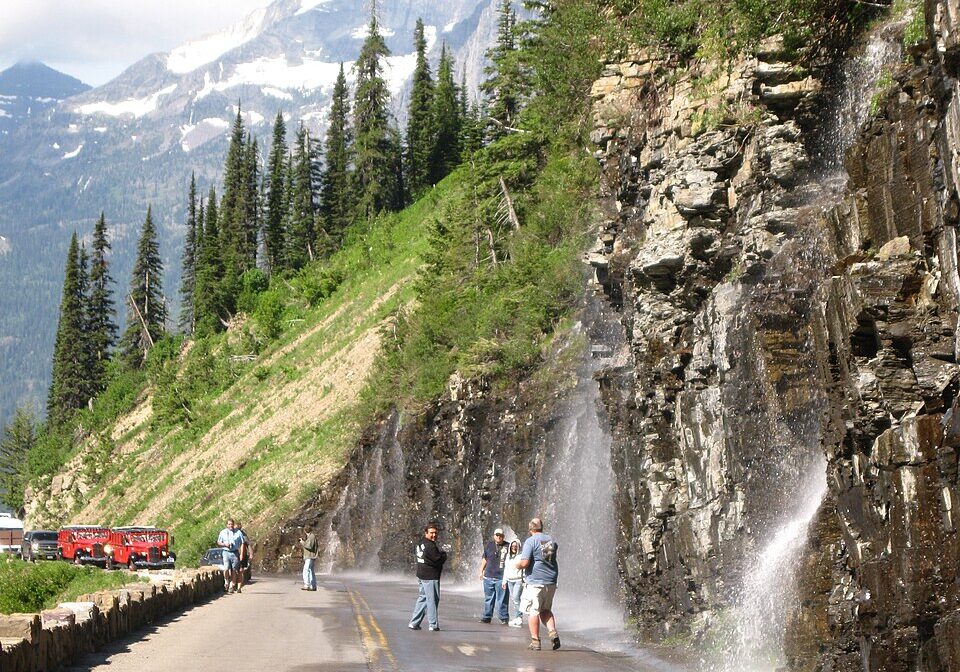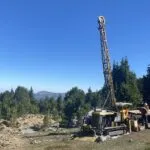Glacier, Yellowstone Prioritize American Families With New $100 Fee for International Visitors
Interior Department announces $250 annual pass for nonresidents, $100 per-person surcharge at 11 parks
By Staff Writer
Nov 25, 2025
WEST GLACIER, MT — Nonresident visitors to Glacier and Yellowstone national parks will pay significantly more to enter starting Jan. 1, 2026, under a new policy announced by the Department of Interior that prioritizes American citizens.
The two Montana national parks are among 11 of the nation’s most visited parks that will charge nonresidents an additional $100 per person on top of standard entry fees.
“Under President Trump’s leadership, the Department of the Interior will always put Americans first,” Interior Secretary Doug Burgum said in a statement Monday.
The new fee structure affects nonresidents in two ways. The annual National Parks and Federal Recreational Lands pass will increase from $80 to $250 for nonresidents, while remaining $80 for U.S. citizens. Additionally, nonresidents will pay the new $100-per-person surcharge at select high-traffic parks.
At Glacier National Park, where standard entry is $35 per vehicle for a seven-day pass, a nonresident family of four would now pay $435 total — the $35 vehicle fee plus $400 in individual surcharges.
The Department of Interior identified 11 parks for the additional surcharge: Yosemite, Yellowstone, Grand Canyon, Glacier, Everglades, Zion, and Acadia. The remaining four parks were not specified in the announcement.
“The Department will use the new resources to improve the quality of visitor services at the nation’s parks,” Burgum said.
Montana’s congressional delegation has championed the nonresident fee approach for months. Rep. Ryan Zinke and Sen. Tim Sheehy introduced the PATRIOT Parks Act in July, which would authorize park superintendents to establish surcharges for international visitors^1.
“Americans already pay for parks in our tax dollars as well as at the gates,” Zinke said when introducing the legislation. “It’s unfair to American taxpayers to foot the bill for millions of foreign visitors.”
The policy comes as Montana’s national parks have seen record visitation in recent years. Glacier National Park welcomed nearly 3 million visitors in 2024, with international tourists representing a significant portion of summer traffic.
Glacier has struggled with severe overcrowding in recent years, implementing a vehicle reservation system now in its fifth year^2. The park requires timed-entry reservations for the west side of Going-to-the-Sun Road from June through September, with visitors booking specific time slots months in advance^3.
Supporters of the nonresident fee increase say it could improve access for American families who have struggled to secure reservations at overcrowded parks.
Critics argue the surcharge could damage Montana’s tourism economy, which relies heavily on international visitors, particularly from Canada, Germany, and other European nations.
Supporters counter that demand for national parks will remain high, but more American families will have a fighting chance to secure reservations at overcrowded destinations.
The changes take effect Jan. 1, 2026, giving international travelers roughly five weeks notice before the higher fees begin.
Categories: Government, Politics, Recreation
Don’t miss the week’s top Montana stories
Join readers across Montana who rely on WMN for independent reporting.
Unsubscribe anytime. Want to support WMN? Upgrade for $4/month →




